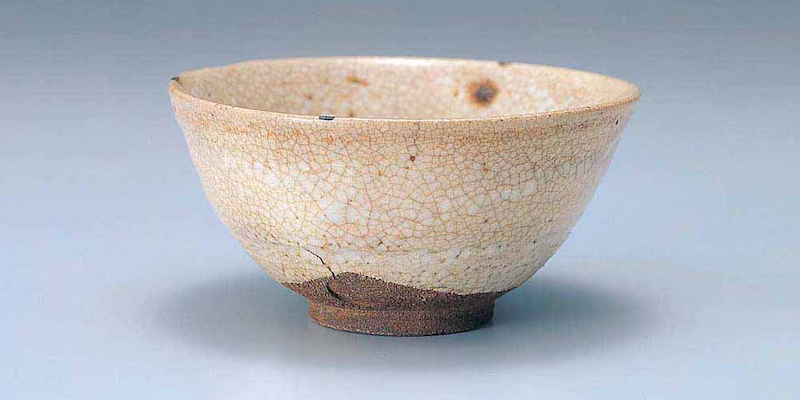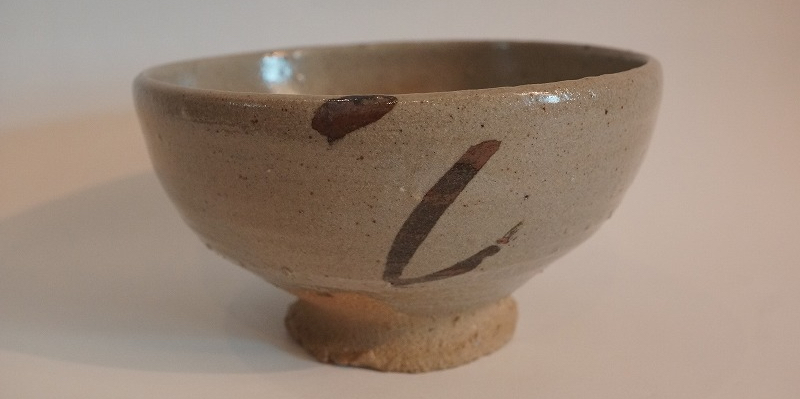
Karatsu-yaki refers to pottery that was fired in what is now western Saga Prefecture and northern Nagasaki Prefecture. Its origin is said to be the foot of Mt. Kishidake in the 1580s.
Pottery-making techniques have already been introduced from the Korean Peninsula, and it was in this region that Japan's first ascending kiln (split bamboo style) was put into operation. A famous old kiln is the Iido Kiln.
It is said that Korean potters who were naturalized during the Bunroku-Keicho War (1592-1593, 1597-1598) began. However, based on recent excavations of old kiln sites and the dates of excavated items from Sakai (mainly Osaka Castle), it is concluded that Karatsu pottery was made before the Bunroku-Keicho War.
In addition, the cylindrical Oku Gorai tea bowl called “Nenokomochi” that Sen no Rikyu possessed was made in Karatsu. Since Rikyu committed seppuku in 1591, there is evidence that Karatsu pottery was made before then.
East Japan's ceramics are called 'Setomono', while Western Japan's ceramics are called 'Karatsumono'. There is also a theory that the origin of the name is Karatsu Port, where it was shipped to various parts of Japan.
In addition, ``Kara'' in Karatsu refers to the Korean peninsula, and ``tsu'' means port. It had one side as a port town that traded with the Korean Peninsula.
The soil of Karatsu pottery has a grainy texture that combines warmth and simplicity. In addition, because the clay is very sticky, when scraped, the surface becomes flaky and wrinkled.
It's just that the characteristics of the soil are so strong that it can't be expressed in a word. It is well known that in each area such as Mt. Kishidake, Takeo, Imari, and Arita, completely different soil can be collected even if the collection sites are close.

Karatsu pottery is also known as Ichiido Niraku Sankaratsu (or Ichiraku Nihagi Sankaratsu) and is highly regarded as tea pottery. In addition to the works that were created with tea pottery in mind, there is also a handed down item called Higashi Karatsu that looks like a tea utensil.
The rustic shape and glaze style must have matched the aesthetic sense of tea. The characteristics mentioned here are inherited in modern works.